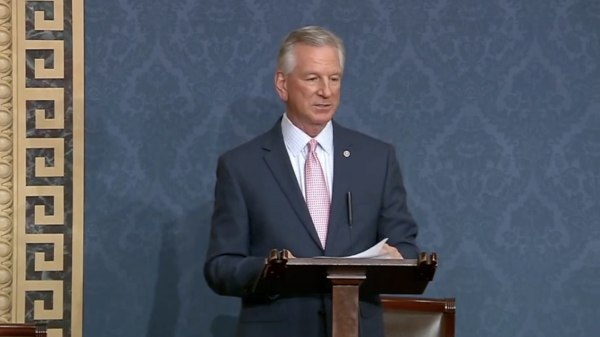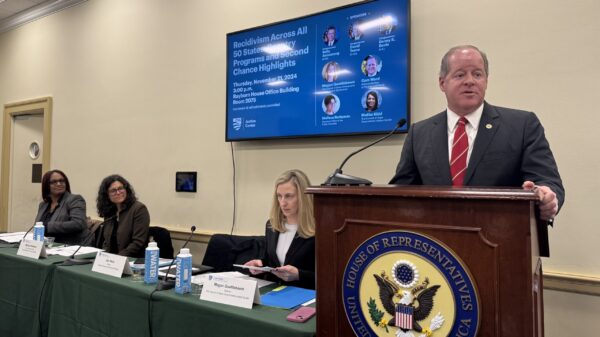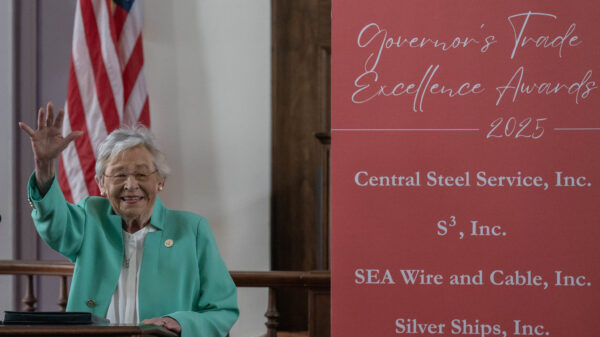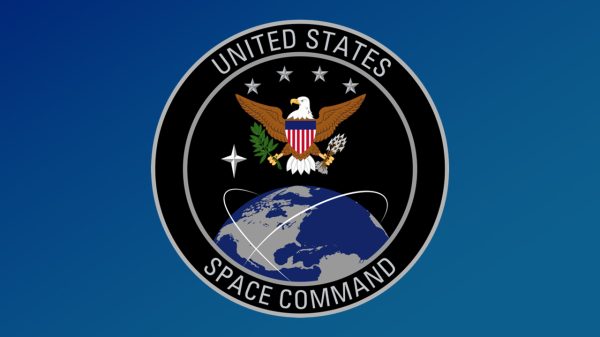By U.S. Representative Bradley Byrne (A-1)
President Theodore Roosevelt once said, “a good Navy is not a provocation to war. It is the surest guaranty of peace.” I firmly agree with President Roosevelt’s assertion, and I am growing increasingly concerned about the weakening of our nation’s naval fleet at a time when we face many foreign policy challenges abroad.
I recently accepted an offer from the United States Navy to participate in a four day education program they call Navy 101 in order to better understand the challenges our sailors face on a daily basis. This involved flying to San Diego, with its major Navy base, and then back to Pensacola to learn more about Navy aviation training and the Pensacola Naval Air Station.
The Navy traces its origin to a handful of ships George Washington commissioned for the Continental Navy. Though it was disbanded after the Revolutionary War, the Congress realized the need for a naval force to protect American sea commerce and created a Navy in 1794. The US has had a permanent Navy ever since.
The Navy has aircraft carriers, aircraft, amphibious vessels, surface combatants, and submarines. The total fleet is 290 ships at present, below the preferred operational level. While they are focused on projecting American power at sea and protecting sea lanes, they also engage in special operations, intelligence, and disaster response.
In San Diego, I first paid a visit to the USS Albuquerque, a Los Angeles class, nuclear-powered, fast attack submarine, which was over a football field long with a crew of 140 people. While there are presently 72 submarines in the Navy, many of them have stretched beyond their original life span and are showing their age. Under current plans, in ten years the US submarine fleet will fall below the level recommended by the Navy. That is especially concerning as countries like China, North Korea, Russia, and Iran are all expanding their submarine fleets.
Next, we visited the USS Ronald Reagan, an aircraft carrier which has been in service for a little over ten years. A carrier is like a small city with around 5,000 total people on board and more than 60 aircraft launching and landing on the carrier. Naval leaders I spoke to expressed concern about the reduction of the carrier fleet by two “strike groups,” which include a carrier, its air wing, and several accompanying ships. Although current law requires the Navy to maintain 11 carrier strike groups, the Navy really only has ten strike groups now, at least until the USS Gerald R. Ford joins the fleet in 2016. This illustrates just how much defense budget cuts have put our sailors in a bad spot.
Finally, we met with Rear Admiral Chris Paul, the Deputy Commander of the Naval Surface Force. We spent most our time talking about the Littoral Combat Ship (LCS), which is built locally in Mobile. While some have expressed concerns about the ship’s future, Admiral Paul made clear that the Navy views the LCS as an integral part of the future fleet.
One of the biggest concerns with the LCS has centered on its lack of weaponry and lethality. A few days before I arrived in San Diego, the Navy tested launching a new missile from the LCS. At a range of a hundred miles, the missile struck its target, a point on an abandoned container on a barge in the ocean. The Navy was elated with these results as they feel they have found an affordable, stand-off missile for the LCS.
It was very special to see both the USS Independence and the USS Coronado, both of which were built in Mobile, being used by the Navy in an active duty role. The LCS is the perfect vessel to fulfill multiple missions including surface warfare, mine counter-measure warfare, and anti-submarine warfare. I will continue to be a strong supporter of the LCS, not just because it is built in Alabama, but because I truly believe it represents the future of the Navy.
Whether it was touring a nuclear submarine or seeing a LCS under Navy control, visiting San Diego really opened my eyes to the great work our sailors do every day. More importantly, the trip also made me keenly aware of the significant budgetary challenges facing our Navy.
I strongly believe there are smarter places to cut in the federal budget than our national defense. We must right the ship when it comes to our defense spending woes, especially the Navy’s budget, if we hope to maintain our prominence on the world’s stage. Peace through strength is more than a slogan. It is a foundation for securing our own freedom and prosperity.















































